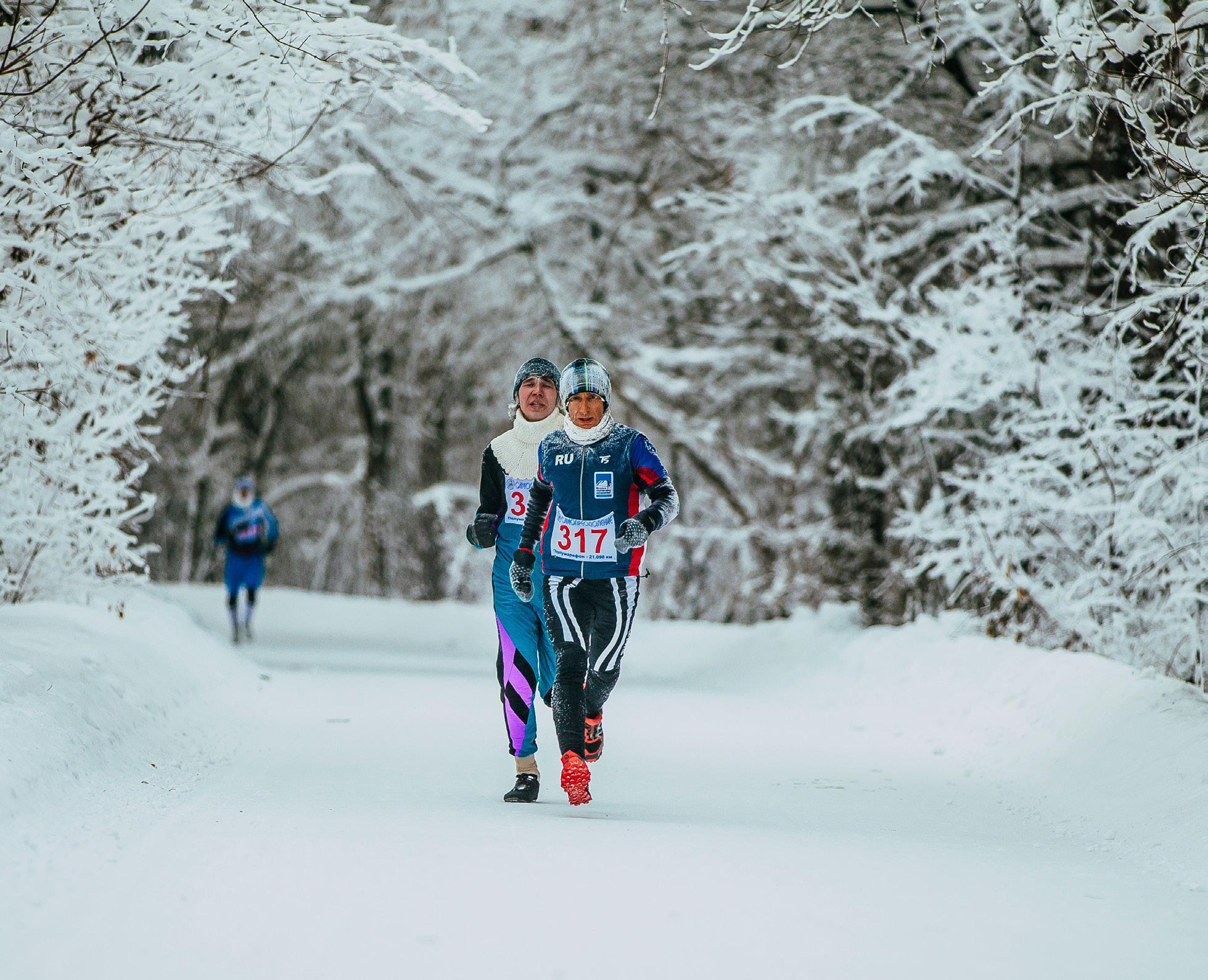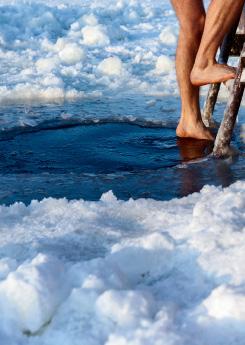INTRODUCTION When humans are exposed to cold, information from skin temperature sensors and blood temperature sensors in the hypothalamus activates the sympathetic nervous system, leading to skin vasoconstriction and reduced heat loss. The downside of this mechanism is that the blood flow in the fingers and toes may become so low that tissue integrity is at stake (Wilson and Goldman 1970). Fortunately, at extremity skin temperatures below about 15 C a sudden periodic vasodilatation is often observed, first described by Lewis (1930). The most likely mechanism for this vasodilatation is the muscular wall of the arterio-venous anastomoses in the fingers and toes which cannot maintain vascular tone when cooled (Daanen 2003). The opening of these vessels lead to increased blood flow and, indirectly, increased local skin temperatures. Regardless of the underlying mechanisms, this cold induced vasodilatation (CIVD) response is often considered as a protective mechanism against local cold injuries (Daanen 2003; Wilson and Goldman 1970). Indeed, it has been shown that subjects with a reduced CIVD response have a higher risk of frostbite (Daanen and Van Der Struijs 2005). Therefore, it may be desirable for subjects working in the cold to have a fast CIVD response of high magnitude, leading to research into how to manipulate and possibly enhance CIVD. The idea of using repeated local cold exposure as a training stimulus for increased CIVD comes from population cross-sectional studies. These studies showed that natives of circumpolar environments (e.g., Inuits and Sami) exhibit a higher mean finger temperature compared to people who live in a more temperate climate when exposed to cold (Krog et al. 1960; Miller and Irving 1962). An enhanced CIVD reaction was also observed in fishermen compared to a control group less regularly exposed to cold (Krog et al. 1960). Nelms and Soper (1962) found that fish filleters, who are exposed to local cold only, also showed a significant earlier CIVD reaction compared to the control group. However, the possibility of self-selection for these particular occupations should not be excluded. The effects of repeated cold exposure on CIVD in field studies show ambiguous results. Some studies found a lowered mean finger temperature after a 2-week Arctic expedition, which may indicate a higher risk for cold injuries (Livingstone 1976). On the other hand, Purkayastha et al. (1992) observed higher finger temperatures in Indian soldiers after a 7-week expedition to the Arctic environment. In all reported lab studies on trainability, only either the hand or the foot was exposed to cold. Three studies were identified in which the foot was trained (Reynolds et al. 2007; Savourey 1996; Yoshimura 1960). The study of Reynolds et al. (2007) observed no differences, the other two studies observed higher mean foot temperatures after repeated immersion. For hand immersion, most studies showed no training effect (Eagen 1966; Geurts et al. 2006a; Glaser and Whittow 1957; O’Brien 2005), three studies showed a negative training effect (Daanen et al. 2007; Geurts et al. 2005a;Mekjavic et al. 2008) and only two studies showed positive effects (Adams and Smith 1962; Geurts et al. 2006b). In summary, it seems that training of the foot is more successful than training of the hands or fingers. CIVD of the fingers is generally much more pronounced than CIVDof the toes (Cheung andMekjavic 2007; Van Der Struijs et al. 2008) and there may be more scope for trainability in the toes than in the fingers. Therefore, a study was performed in which the CIVD trainability was investigated for fingers and toes. This was done by tracking thermal responses of the fingers and toes over 15 days of repeated local immersion in 8 C water. In line with the general picture from the existing literature, we hypothesized that toe CIVD would show more improvement than finger CIVD following repeated immersions.
Issuu converts static files into: digital portfolios, online yearbooks, online catalogs, digital photo albums and more. Sign up and create your flipbook.







